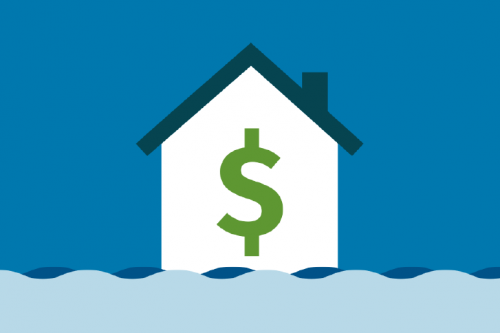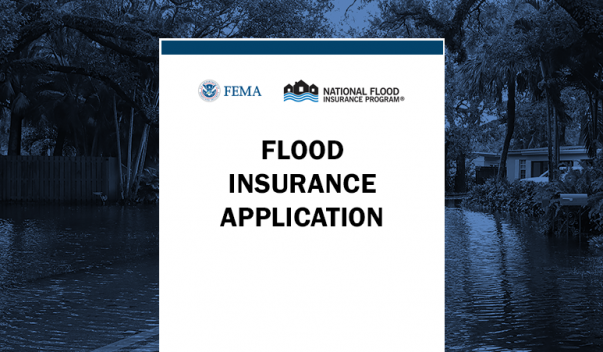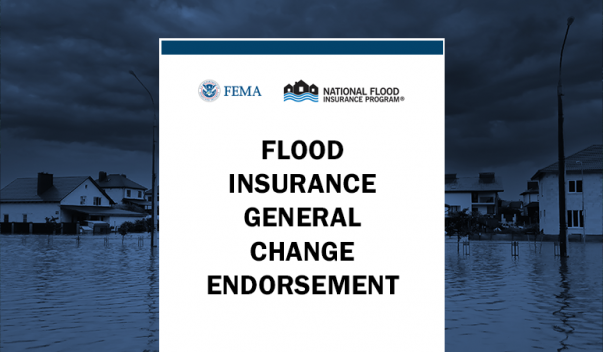The National Flood Insurance Program’s (NFIP) Pricing Methodology
This page describes the resources and guidance around the implementation of NFIP’s pricing methodology.


About the pricing methodology
NFIP’s pricing approach, Risk Rating 2.0, was launched in April 2021. This approach uses industry best practices and advanced tools to help FEMA set individualized and easy-to-understand rates that better match a property's flood risk.

Underwriting policies
The Flood Insurance Manual explains the NFIP underwriting policies and steps for applying the NFIP's approach effectively and consistently.
Risk Rating 2.0 addresses rating disparities by incorporating more flood risk variables.
Risk Rating 2.0 Pricing Methodology Underwriting Forms
-
Risk Rating 2.0 Pricing Methodology Underwriting Forms
Image
An application for flood insurance coverage from the National Flood Insurance Program for new policies effective on or after Oct. 1, 2021.
-
NFIP Flood Insurance General Change Endorsement – Risk Rating 2.0 Pricing Methodology
Image
This form enables a policyholder to update their insurance policy under Risk Rating 2.0 if there are major changes to the building, a new insurance agent or other important changes.
-
NFIP Flood Insurance Cancellation/Nullification Request Form – Risk Rating 2.0 Pricing Methodology
Image
This form is used to cancel a flood insurance policy issued under the Risk Rating 2.0 pricing methodology effective on or after Oct. 1, 2021.
